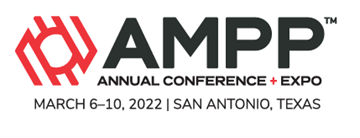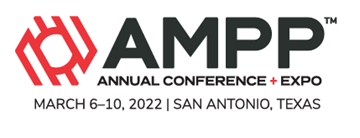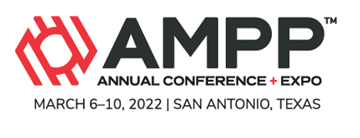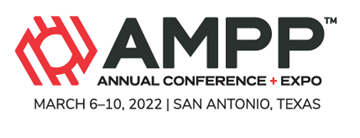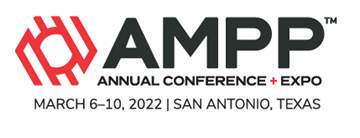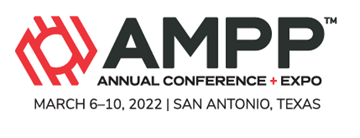Search
Corrosion Monitoring and Control
View as
Sort by
Display
per page
Corrosion Study Of Austenitic Stainless Steels During HDO Upgrading Process By Supercritical Ethanol Under Different Hydrogen Resource Conditions
Product Number:
51322-18031-SG
Publication Date:
2022
$20.00
Corrosion Testing Of Graphene-Oxide-Polymer Coatings For Geothermal Drilling Applications
Product Number:
51322-17732-SG
Publication Date:
2022
$20.00
Corrosion Under Insulation And Atmospheric Corrosion In The Refinery Industry. An Accurate Approach To Estimate Corrosion Growth Rates, A Texas Refinery Case Study
Product Number:
51322-17751-SG
Publication Date:
2022
$20.00
Corrosion Under Insulation Behavior Of Phenolic Epoxy Coatings Under Contacting And Contact-Free Insulations
Product Number:
51322-17535-SG
Publication Date:
2022
$20.00
Corrosion Under Insulation Performance Of Insulation Stand-Offs And Non-Metallic Membranes
Product Number:
51322-17618-SG
Publication Date:
2022
$20.00
Corrosion Under Pipe Supports - Beyond Simply Inspection
Product Number:
51322-18155-SG
Publication Date:
2022
$20.00
Corrosion: The Destructive Stowaway on Marine Vessels Determining the Cost-Benefit of Protecting Marine Coating Systems
Product Number:
41215-930-SG
Publication Date:
2015
$20.00
Corrosive Soils & Risk Mitigation for Solar Structures
Product Number:
51219-224-SG
Publication Date:
2019
$20.00
Covalent Bonding of Silicone RTV Coatings
Product Number:
51218-146-SG
Publication Date:
2018
$20.00

